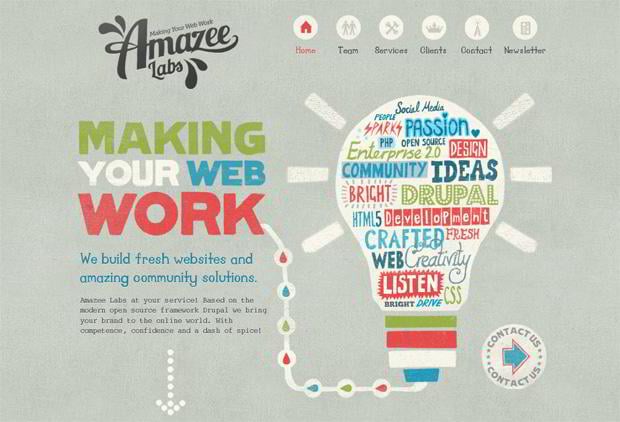Join Us As We Embark On A Journey Via Time, Discovering The Advancement Of Website Style And How It Has Affected The Electronic Landscape
Join Us As We Embark On A Journey Via Time, Discovering The Advancement Of Website Style And How It Has Affected The Electronic Landscape
Blog Article
Content Create By-Johansen Wong
In the past, sites were basic and concentrated on details. Navigation was straight, and style was for desktops. Currently, customer experience is essential. Information overviews styles for easy navigation. Responsive layouts suit different tools. Today, dark setting decreases strain, and minimal menus boost navigating. Interactive functions engage users, and strong visuals stand out. AI integration improves engagement. See how style has evolved to boost your on the internet journey.
Early Days of Web Design
In the early days of website design, simpleness preponderated. Internet sites were basic, with restricted colors, font styles, and layouts. The emphasis was on offering info instead of flashy visuals. Individuals accessed the net with sluggish dial-up connections, so speed and functionality were vital.
you can try these out were straightforward, commonly situated at the top or side of the web page. Web sites were developed for home computer, as mobile surfing had not been yet prevalent. https://waylondcwqk.azzablog.com/29998952/meticulously-choose-a-digital-marketing-company-for-your-service-by-considering-your-objectives-funds-and-expertise-in-your-market-learn-more-to-attain-success was king, and designers focused on easy readability over intricate design elements.
HTML was the primary coding language used, and designers had to work within its restraints. Animations and interactive features were marginal compared to today's standards. Sites were fixed, with little dynamic content or customized user experiences.
Surge of User-Focused Design
With the evolution of website layout, a change towards user-focused layout principles has come to be progressively famous. Today, producing internet sites that focus on customer experience is critical for involving visitors and achieving company goals. User-focused design involves recognizing the needs, choices, and habits of your target audience to tailor the website's format, content, and features as necessary.
Designers currently carry out extensive study, such as customer studies and functionality testing, to collect understandings and responses directly from individuals. This data-driven method assists in creating user-friendly navigation, clear calls-to-action, and visually attractive user interfaces that resonate with visitors. By putting the customer at the facility of the layout process, sites can deliver an extra customized and pleasurable experience.
Responsive design has actually likewise emerged as a crucial element of user-focused style, making sure that websites are maximized for different gadgets and screen sizes. This versatility boosts accessibility and use, accommodating the diverse methods individuals interact with sites today. In essence, the increase of user-focused layout indicates a shift towards producing digital experiences that focus on the requirements and expectations of the end user.
Modern Trends in Website Design
Check out the latest trends shaping website design today. One prominent trend is dark setting style, offering a smooth and modern appearance while decreasing eye pressure in low-light environments. Another essential trend is minimal navigation, simplifying food selections and enhancing customer experience by concentrating on essential elements. Incorporating micro-interactions, such as animated switches or scrolling impacts, can develop a much more interesting and interactive web site. Receptive layout remains vital, ensuring seamless customer experiences across various gadgets. In addition, using vibrant typography and asymmetrical formats can include visual rate of interest and draw attention to particular material.
Integrating AI modern technology, like chatbots for consumer assistance or customized recommendations, boosts customer engagement and improves processes. Ease of access has additionally become a considerable pattern, with designers prioritizing inclusive style techniques to satisfy varied individual needs. Welcoming sustainability by optimizing web site efficiency for rate and performance is one more emerging fad in website design. Collaborating with individual comments and data analytics to iterate and improve design continuously is vital for staying relevant in the ever-evolving electronic landscape. By welcoming these modern patterns, you can create an aesthetically appealing, easy to use site that reverberates with your audience.
Read the Full Document
As you reflect on the advancement of website design from the very early days to currently, you can see just how user-focused style has actually ended up being the driving force behind contemporary trends.
Welcome the journey of modification and adaptation in web design, always maintaining the individual experience at the center.
Keep existing with the most up to date fads and modern technologies, and never ever stop progressing your approach to create aesthetically magnificent and straightforward sites.
Advance, adjust, and produce - the future of website design is in your hands.
